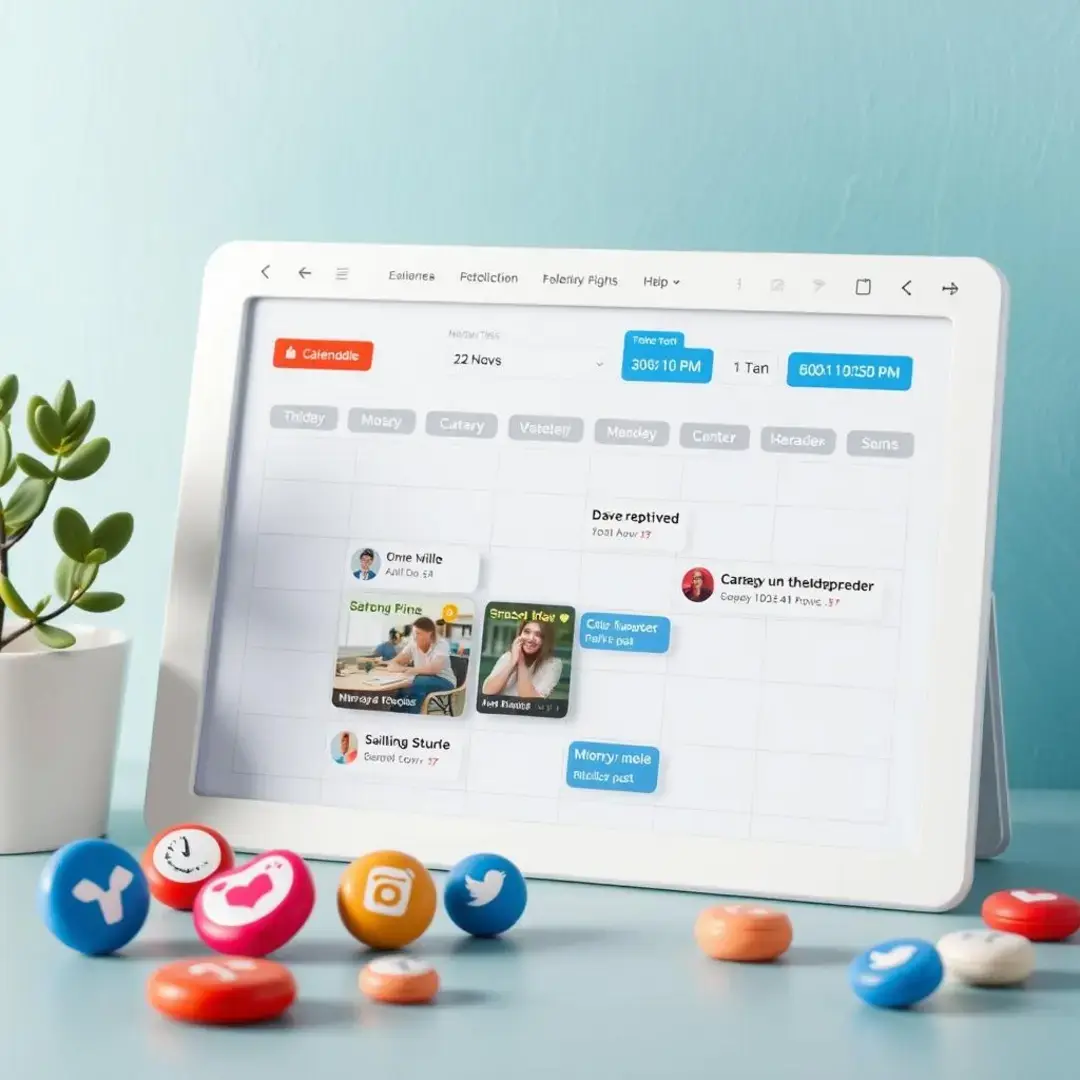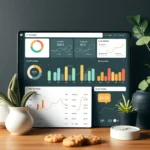What are the best days to post social media content
Understanding the nuances of timing your social media posts

Why timing matters more than you think
When it comes to social media, timing is critical. The right post at the right moment can lead to exponential engagement, likes, and shares, which is essential for any startup looking to gain traction. It’s not just about having quality content; it’s also about ensuring that content is seen by the maximum number of people. This is especially true in a crowded social landscape where posts can easily get lost among a flood of information.
Social media platforms regularly update their algorithms, influencing what content appears on users’ feeds. For instance, a post may perform exceptionally well one week, but these algorithm changes could diminish its visibility shortly thereafter. Staying alert to these updates can help you strategize your posting schedule for higher visibility, ensuring your content continues to reach your target audience effectively.
User behavior also plays a crucial role in determining the best days to post. Most users have specific times and days when they are most active on social media, often aligning with weekends or typical lunch breaks during weekdays. Understanding these patterns allows startups to capitalize on peak user engagement times, maximizing the chances of interaction and feedback.
Debunking common social media timing myths
Many marketers operate under the assumption that there are universal best days and times for posting. While some studies suggest general trends—like Wednesdays and Thursdays being optimal for engagement—these may not hold true across all industries. Every brand has unique audiences, meaning its optimal timing for posts can vary significantly based on demographics, time zones, and specific interests.
While scheduling tools are incredibly useful, relying on them solely without understanding your audience can be limiting. Automation should complement a well-thought-out strategy rather than replace a nuanced understanding of your audience’s behavior. Adjusting your posts based on real-time analytics can yield more significant results than sticking to a rigid scheduling model.
Advanced strategies for optimizing your posting schedule

Analyzing your audience’s online behavior
Social media platforms offer analytics tools that can provide insight into your followers’ interactions. These platform-specific dashboards allow for a detailed examination of user engagement patterns—such as their preferred times for viewing content and types of posts they engage with most. This data can significantly influence your posting schedule, allowing you to tailor it for maximum impact.
In addition to built-in analytics, third-party social listening tools can identify trends and sentiment regarding your brand within the broader social media landscape. These tools can track user discussions and help you understand not only when your audience is online, but also what they are talking about. This advanced insight can guide you in creating timely, relevant content that resonates with your audience.
Experimenting with different posting times
One of the best ways to determine the most effective posting times is through A/B testing. By posting similar content at varying times and analyzing engagement rates, you can pinpoint the best times for your audience. This experimental approach allows for agile adjustments to your strategy based on real-world feedback rather than just theoretical best practices.
Tracking KPIs such as engagement rates, conversions, and reach per post can help refine your posting strategy. Regularly analyzing these indicators in conjunction with your posting times provides a clearer picture of what works best. Adjusting your approach based on these insights allows for ongoing optimization that can lead to greater overall success in your social media efforts.
Adapting your strategy based on content type
Different types of content demand different timing strategies. For example, promotional posts may perform better when timed around payday or during holiday seasons, when consumer spending is typically higher. Understanding your audience’s purchasing behaviors will be crucial in choosing the right times for these types of posts.
Educational and entertaining content often thrives in more relaxed environments, such as during weekends or evenings when users have more leisure time. Crafting a posting schedule that aligns educational materials with these periods can enhance engagement, ensuring that your audience receives valuable information at the right time.
Leveraging social media management tools for advanced scheduling

Automating your posting process without sacrificing quality
Selecting a robust social media management platform is essential for streamlining your posting process. The right choice will allow you to schedule posts, track analytics, and manage multiple accounts from one central location. A comprehensive tool not only simplifies your workflow but also enhances the quality and consistency of your social media presence.
With the appropriate management tool, you can set up advanced rules that take into account your audience’s typical online behavior. By scheduling posts for specific days and times when your audience is most active, you can enhance engagement. This level of customization ensures that you are utilizing your brand’s resources effectively and connecting with your audience when they’re most receptive.
Integrating social media scheduling with your overall content calendar
Integrating social media posts with your overall content calendar can streamline your marketing strategy immensely. This holistic approach allows you to ensure that all content—whether it’s blogs, podcasts, or social media posts—follows a cohesive schedule. By coordinating timing across platforms, you’re more likely to create a synergistic effect that amplifies your brand messaging.
Consistency is key in social media marketing. By creating a comprehensive content calendar that incorporates posting times across various platforms, you can maintain a unified voice and brand presence. Consistency not only helps in building audience trust but also ensures your brand remains relevant, organized, and memorable in the eyes of your followers.
Staying ahead of the curve: future-proofing your social media strategy

Monitoring industry trends and algorithm changes
The social media landscape is constantly evolving. Keeping abreast of industry trends and recent algorithm changes is essential for businesses to maintain their effectiveness in digital marketing. Joining relevant communities, subscribing to industry newsletters, or attending webinars can help ensure your practices are up-to-date and effective in real-time.
New social media platforms continue to emerge, and while some may gain rapid popularity, others may falter. It’s crucial to keep an eye on these developments and adjust your strategy accordingly. By experimenting with new platforms early on, you’ll position your startup as an innovative brand willing to engage with audiences where they are most active.
Continuously analyzing and refining your approach
Successful social media marketing requires a commitment to continuous improvement. Regular reviews of your social media performance data can shed light on what strategies are working and where there may be room for improvement. This ongoing cycle of analysis and adjustment will be central to building a resilient social media strategy that adapts to changing conditions.
Your audience’s feedback is invaluable; their engagement can provide insights that guide your social media strategy. By iterating based on their reactions and preferences, you’ll not only enhance engagement but also foster a deeper connection with your community. Listening and adapting is the key to a thriving social media presence, allowing you to stay relevant and impactful.












